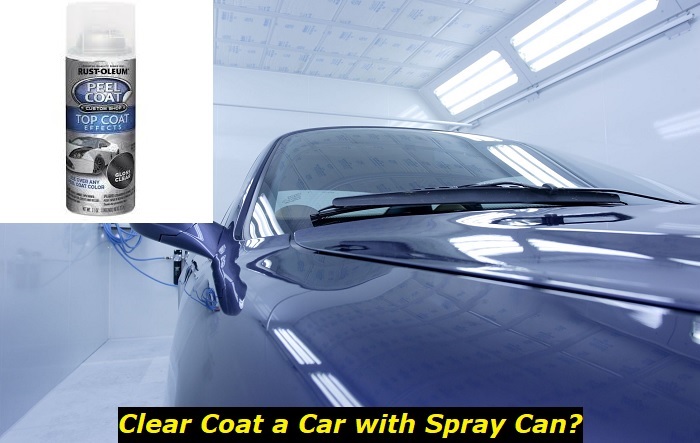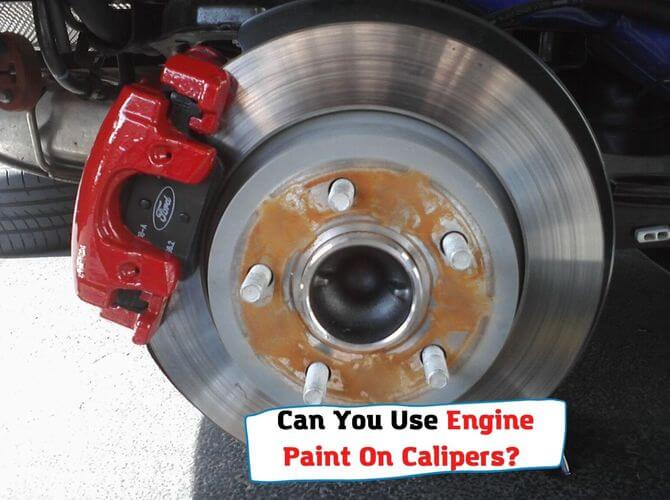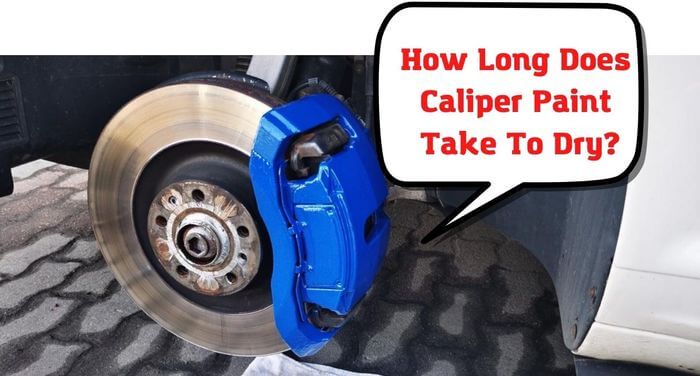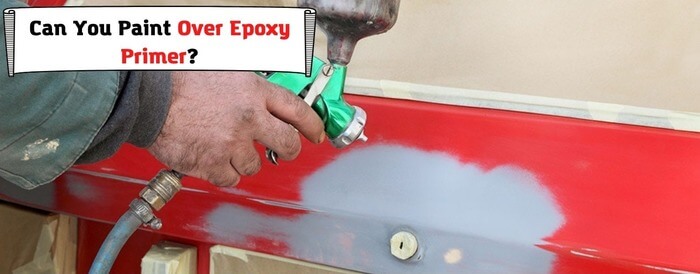Everybody wants to own and drive a nice car. Well, like everything nice out there, you got to work hard to have a nice car. You must have noticed how some cars stand out in the parking lot or the highway. They look as though they just came from a dealership showroom yet the license plates say otherwise. They sparkle and leave you wondering what paint has been applied to them.
Today, we take a tour around your car and see whether you should transform your vehicle to boast that shiny showroom appearance. You must have heard about applying a clear coat on vehicles that enhance the appearance and longevity of the car paint. Here, we explore how you can apply a clear coat to a car with spray cans. We will further investigate why using spray cans is a bad idea.

What is a clear coat in vehicles?
When you buy a car, it is normally coated using three layers of paint. There is the primer which is the coat on top of the metal. There is the base coat, and then there is the clear coat. The clear coat applied on top of the base coat is designed to embellish the car and protect the two layers of paint underneath.
The clear coat affords a vehicle some extra hardness to the car’s paint. Such a coat offers protection from mechanical and chemical elements ensuring the paint lasts for many years. The coat is applied on a freshly repaired surface or one that has been properly sanded.
The clear coat makes a huge difference when done on cars that have pearl or metallic colors. With this coat, you give the exterior of your car a glossy, matte, or satin finish. In some instances, the effect has been seen to increase or help the vehicle retain a good resale value.
The clear coat on your car is designed to persevere everyday elements such as dirt, oil, bird scratches, and tar. The damaging ultraviolet radiation from the sun stands out as the most destructive element to a car’s clear coat. The UV radiation rays are the primary cause of clear coat peeling and oxidation.
To restore your car to its former glorious look, you should take it to a garage where a car detailer will work on it. The car detailer, will sand the car, prime it and do all that is needed to give a vehicle that spectacular look. There is an option, though. You can buy spray cans and give your car a clear coat. An increasing number of people are going this route.
How to clear coat a car with a spray can
If you plan on giving your car a clear coat after the car has been painted, the job won’t be as demanding as when you want to give it a clear coat due to peeling off. If you start from scratch, which is mostly the case for many people who opt for the spray can route, you will need to be well prepared with the materials and a considerable amount of time. Here are the steps to help you do the job;
- Buy the materials and the tools for the job.
- Start by covering surfaces you don’t want to spray with the masking paper. Use the frog tape to hold the paper in place.
- On the surface, you want to spray, start wet sanding with a p600 sandpaper and water. This is suitable for the job because it removes the peeling clear coat. Concentrate more on the edges of the peel to ensure the entire surface looks uniform. This takes up a lot of time.
- Use a p1000 sandpaper to smoothen out the p600 grit. This sandpaper will give you a much better and smoother surface.
- After you sand the surface, it is time to clean the surface with trisodium phosphate and water. This cleans all dirt and prevents dirt from sticking to the surface before you can apply the first coat of paint.
- Dry the surface and then use a tack cloth to polish the surface. Tack cloth helps remove any dirt or paint particles the previous step didn’t catch.
- It is now time to start the real paint job. Shake the primer and start spraying on the surface. Let it dry.
- Scrub the surface with a dry p1000 sandpaper and dust the surface with the tack cloth.
- Shake the base coat can and start spraying the surface. Of course, it would be prudent to first test and see whether the spray color matches that of the vehicle. Try and give the surface three coats of base paint.
- Once the base coat is dried up, it is time to spray the clear coat. The spray usually comes with a hardener, requiring you to push a cap at the bottom of the can. Give the surface two to three coats of clear spray. Wait for 15 minutes in between the coats. Let the spray settle for at least 30 minutes before you can touch or go for a drive.
- The spray-painted surface will be appealing, but there will be orange peel, and this is removed by wet sanding it and then applying rubbing compound. Let the spray dry for a few days before wet sanding it with the p2000 grit. The sanding removes the orange peel, while the compound gives the mirror reflection effect. The final result will depend on how thorough and patient you are when using the rubbing compound. But twice or thrice should give you the desired results.
The list of materials you will most likely need is the following:
- Wet and dry sandpaper and water
- Frog tape, blue painter’s tape, or masking tape
- Masking paper
- Tack cloth
- Primer
- Base coat; make sure the color blends in with that of the car
- Clear coat
- Rubbing compound
Why is using a spray can for a clear coat on your car a bad idea?
After reading the above steps, you realize that spray painting involves more than just aiming a spray can at your car. You must invest time and money to get the desired or close-to results. There are so many variables, and numerous reasons why using spray cans is a bad idea. Here are the reasons;
1) Colors almost never match
Rarely will spray can paint match that of your car. Even the enthusiasts that dare share their proud results online, the color never matches. Anyone with a keen eye can tell the vehicle paint is not the same. The spray can paint does not undergo the same QA scrutiny as the one sold in gallons. Moreover, you may observe different cans bearing the same description for the paint inside but don’t have the same exact color. Finding a spray can whose content is described exactly the way your car’s color is described on the passenger door panel can be tough. Remember, you should spray the base coat before the clear coat.
2) Time spent is not worth the results
Do you have days to work on your car only to get results that don’t meet your expectations? The wet sanding, the washing, the time between sprays, and the effort spent applying the rubbing compound is not short, nor is the work easy. To achieve decent results, you will spend days working tirelessly on your car.
3) The paint will not last
This is a widely shared observation that spray can paint, whether base coat or clear coat, doesn’t last as long as automotive paint. The paint normally peels off or cracks when exposed to the elements. Therefore, you will find that spray can paint is preferred for the short-term remedy rather than the long-term.
4) Substandard cans
A good number of enthusiast painters have experienced clogged spray cans while in the middle of the job. After going through all the trouble of wet sanding and masking, the frustration of having a clogged clear spray can be immeasurable. Holding the spray can for a minute might lead to clogging of the nozzle. You will end up with dripping paint and streaks of the same all over. Spray-can paint is preferred or recommended for small spots on the car rather than the vehicle’s whole exterior.
5) The cost is not worth it
After considering the time spent spray painting using cans, the work involved, and the cost of the materials as compared to taking your car to a professional automotive detailer, you may find the cost unwarranted. You also risk getting such ‘off’ results that you may end up doing a whole automotive paint job.
Conclusion
Spray cans for clear coats are suitable in certain circumstances and shouldn’t be the answer to go for when you want to make your vehicle stand out. Though they help serve for the short term, it is imperative that you know that can spray clear coat will seldom give you the same results as an automotive clear coat done by a professional.
- Can You Unmix Paint: Techniques, Consequences, Alternatives - February 23, 2024
- Does Primer Need to be Mixed? Effective Primer Application - February 22, 2024
- How to Make Old Paint Usable Again: Retrieving and Preserving Paint - February 21, 2024



